Ho Dynasty Citadel
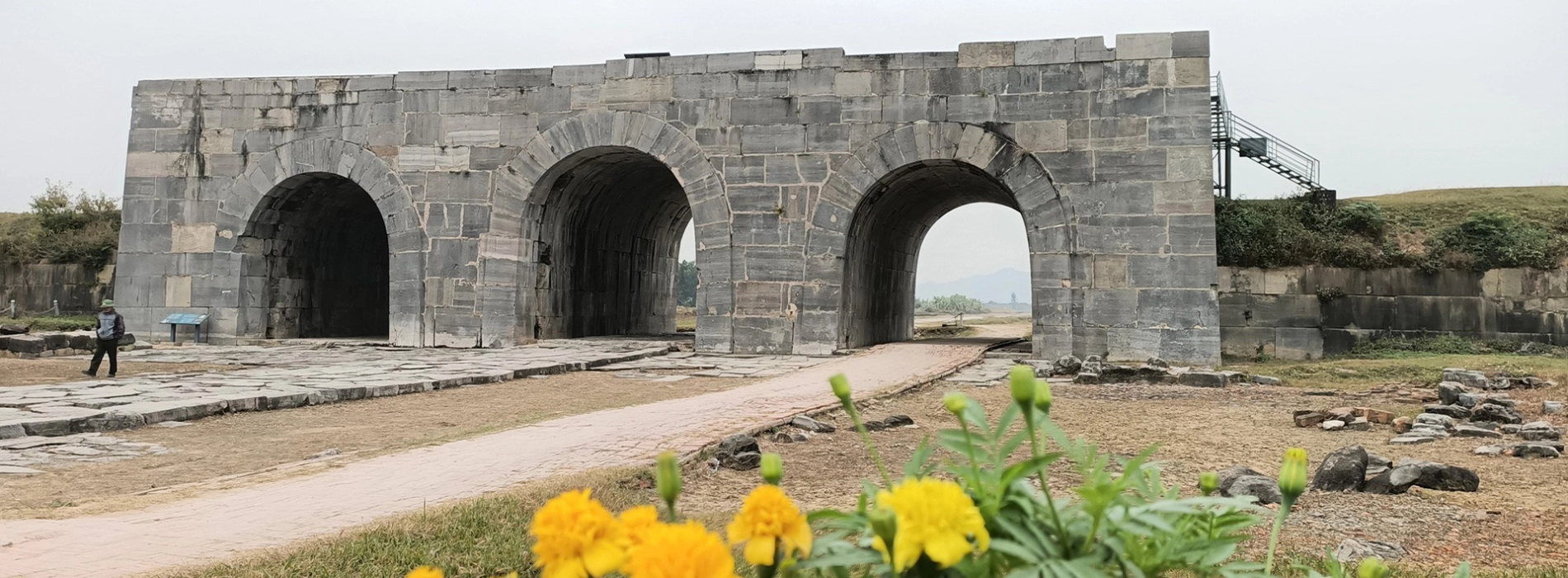
The Citadel of Ho Dynasty, located in Thanh Hoa, Vietnam, is a permanent reminder of the Ho Dynasty's historical influence from the fourteenth century. The castle, which was built by Ho Quy Ly, the first monarch of the Ho Dynasty, functioned as the capital of Vietnam and is a marvel of inventive architecture. The stone gates, walls, and palace complex of the citadel are prime examples of sophisticated engineering and strategic planning, and they were designated as a UNESCO World Heritage Site in 2011.
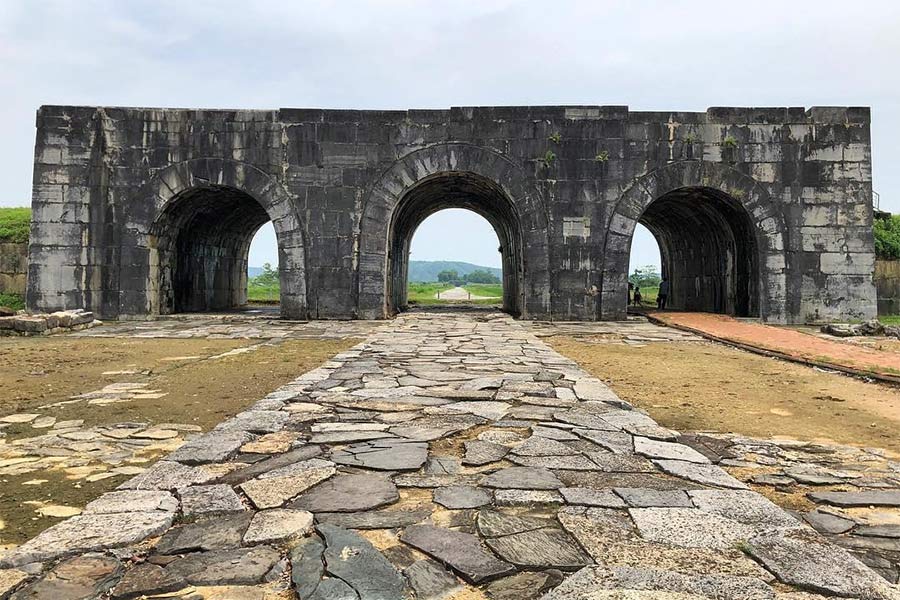
The citadel was designated as a UNESCO World Heritage Site in 2011
With ruins of royal residences, temples, and administrative buildings visible, the archeological site offers visitors an intriguing look into Vietnam's medieval past. The Ho Dynasty's governance and way of life are highlighted by the UNESCO designation, which emphasizes how important it is to preserve this cultural asset and exposes contemporary generations to the allure of Vietnam's history.
Read more: Listing Vietnam's UNESCO-recognised intangible cultural heritage
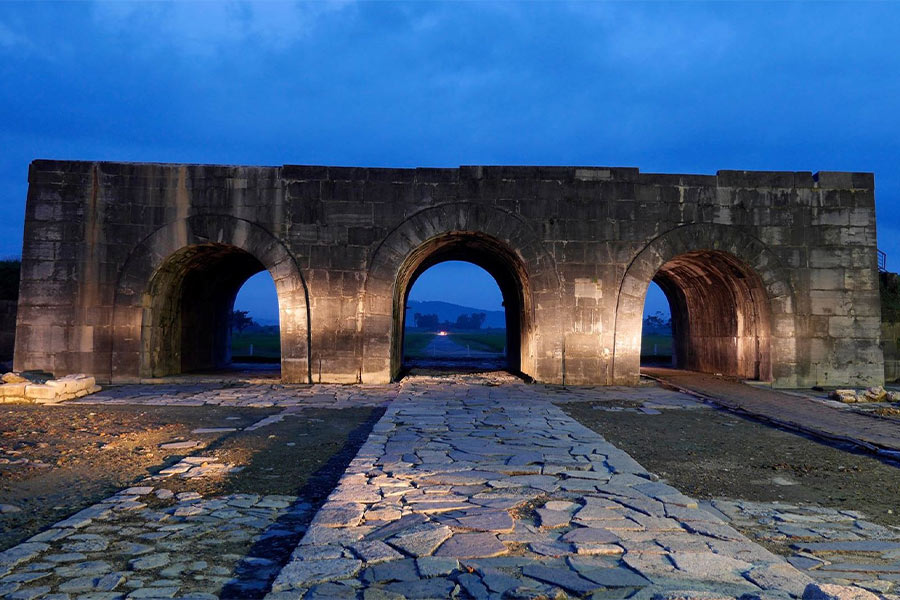
The Ho Citadel is rich in historical detail
Built in Thanh Hoa in the fourteenth century during the Ho Dynasty, Ho Citadel is rich in historical detail. The citadel was the capital and a powerful military fortress, founded by Ho Quy Ly, the first emperor of the Ho Dynasty. Its creation, with its towering stone walls and avant-garde architectural elements, embodied the dynasty's strategic intent. During the brief Ho Dynasty (1400–1407), there were important political and cultural advancements.
Being a stronghold against outside threats, the citadel itself had a significant impact on the history of the area. Despite the Ho Dynasty's brief reign, the Ho Citadel's legacy lives on, signifying a pivotal period in Vietnam's medieval history and achieving UNESCO World Heritage classification for its historical and architectural significance.
You may like: Vietnam Veteran Tours
Thanh Hoa experiences a tropical monsoon climate with 4 seasons: spring, summer, fall, and winter. The best time to visit the Ho Citadel in Vietnam is during fall, which typically runs from November to April. During this time, the weather is generally cooler and drier, making it more comfortable for exploring outdoor attractions like the citadel. The months of December to February of spring are particularly pleasant, with cooler temperatures and lower humidity levels.
Built in the 14th century, this UNESCO World Heritage Site showcases a unique blend of traditional Vietnamese architectural elements with innovative design features that reflect the military and strategic considerations of the time.

The massive stone walls is one of the most striking aspects of the Ho Citadel
One of the most striking aspects of the Ho Citadel's architecture is its massive stone walls, which enclose an area of approximately 160 hectares. These walls, constructed using large stone blocks without the use of mortar, stand as a formidable defense against external threats. The citadel's layout is designed in a square shape, with each side measuring around 870 meters, further enhancing its defensive capabilities.
The Ho Citadel's architectural design also incorporates innovative features aimed at enhancing its defensive capabilities. These include bastions, watchtowers, and fortified gates strategically positioned along the walls to repel potential invaders. The citadel's location, nestled amidst natural barriers such as rivers and mountains, further contributes to its strategic significance.
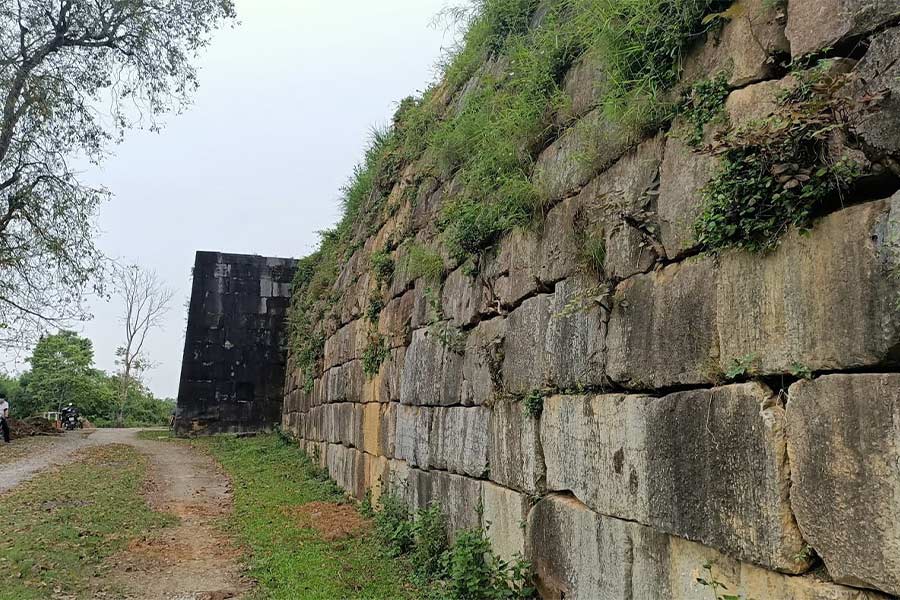
The stone walls was constructed using large stone blocks without the use of mortar
Despite centuries of neglect and natural decay, the Ho Citadel remains a remarkable architectural marvel and a symbol of Vietnam's rich cultural heritage. Its inclusion on the UNESCO World Heritage List in 2011 has brought renewed attention to its preservation and conservation efforts, ensuring that future generations can continue to marvel at its beauty and historical significance.
You may like: Vietnam Family Tours
The Ho Citadel has several features that explain its historical and cultural value. Visitors to the Ho Citadel can immerse themselves in history by touring the sights and learning more about the Ho Dynasty's rule as well as the architectural and cultural heritage they left behind.

The entrance of the citadel provides a glimpse into the citadel's defensive design
Main Gate: The citadel greets tourists through four intimidating main gates that face each cardinal direction. These magnificent entrances are imposing constructions that provide a glimpse into the citadel's defensive design while also setting the stage for study of the historical marvel within.
Royal Court Area: The vestiges of the royal court area sit within the citadel's protective walls. Visitors can trace the foundations and outlines of structures originally occupied by Ho Dynasty monarchs. The architectural plan sheds light on the governance, rites, and daily life of this medieval Vietnamese monarchy.
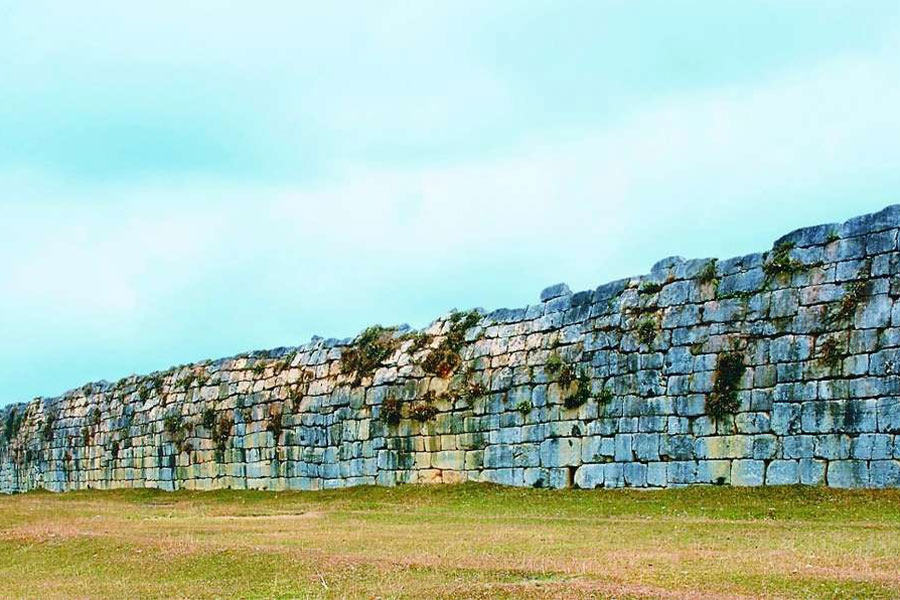
The citadel is distinguished by its enormous stone walls
Stone Walls and Watchtowers: The Ho Citadel is distinguished by its enormous stone walls and strategically placed watchtowers. These architectural marvels not only served as protective structures, but also demonstrated the Ho Dynasty's engineering prowess. The citadel is surrounded by stone walls, which demonstrate the dynasty's attention to fortification.
Archaeological Excavation Sites: Ongoing archaeological excavations within the citadel continue to yield new insights about the Ho Dynasty's daily life, architecture, and artifacts. These excavation sites tell a dynamic and evolving story, providing a better understanding of the historical layers that exist within the citadel's grounds.
You may like: Vietnam Classic Highlight Tours
The entrance cost is free for children under 8, 20,000 VND (1 USD) for children (8–15 years old), and 40,000 VND (1.6 USD) for adults. For tourists that want to use electric shuttle service to travel within the Ho Citadel, the cost is 200,000 - 300,000 VND (8-12 USD) per shuttle (10 pax maximum for a shuttle).
The primary transportation options to get to Ho Citadel include buses, trains, and private vehicles.
By Bus: Thanh Hoa City is the nearest major city to Ho Citadel. Visitors can take a bus from the city to the citadel easily. This is an eco-friendly and affordable choice.
By Car or Motorbike: For better flexibility and convenience, renting a car or motorbike is an option. Thanh Hoa City is approximately 25 kilometers from Ho Citadel. Tourists can drive or ride along National Highway 47 to reach the citadel, but they need to ensure that they have a valid driver's license, and familiarize themselves with local traffic regulations.
Taxis: Taking taxis is also a convenient option for reaching the citadel directly since it offers a direct and short route compared to buses. The travel time from Thanh Hoa City to Ho Citadel is approximately 30 minutes by car, depending on traffic conditions and the specific location of the starting point.

Explore Ho Citadel with Asia King Travel
The architecture of Ho Citadel is a stunning representation of Vietnam's rich history and cultural heritage. Exploring the Ho Citadel offers a fascinating journey through time, allowing visitors to appreciate the ingenuity and artistry of ancient Vietnamese civilization. For an unforgettable experience immersed in history and culture, contact us to plan your visit to the Ho Citadel and explore this architectural marvel firsthand.